Disclosure: This article contains affiliate links. We may earn a commission from purchases at no extra cost to you, which helps our travel content.
Standing at the intersection of ancient history and Black Sea beauty, Varna surprised me with its multifaceted personality. While most visitors flock to its golden beaches, Bulgaria's third-largest city harbors layers of cultural richness that span millennia. As someone fascinated by how cities evolve while preserving their heritage, I found Varna to be a perfect case study in balancing tourism development with authentic cultural preservation. My week exploring this coastal gem with my closest friends revealed a destination where families can experience both relaxation and profound cultural immersion.
The Gold Standard: Varna's Archaeological Marvel
The moment I stepped into Varna's Archaeological Museum, I understood why it's considered among Eastern Europe's most important collections. The museum houses the oldest processed gold in the world—the Varna Necropolis treasures dating back to 4600-4200 BCE, predating Egyptian gold by nearly 1,500 years.
What struck me wasn't just the gold's age but the sophistication of these Chalcolithic artifacts. Standing before the glass cases containing delicate golden headdresses and jewelry, I couldn't help but imagine the advanced society that created them. The museum offers family-friendly audio guides that transform what could be a dry experience into an engaging treasure hunt through history.
The museum building itself, housed in a former girls' school from 1893, tells its own story of Varna's architectural evolution. I spent nearly three hours exploring its exhibits spanning from prehistoric times through Ottoman rule. If you're traveling with children, request the special family guide that includes interactive elements to keep young historians engaged.

💡 Pro Tips
- Visit early on weekdays to avoid cruise ship crowds
- The museum offers excellent English-language audio guides for just 6 leva (about €3)
- Photography is permitted without flash, so bring a smartphone gimbal for steady shots in the dim lighting
Roman Baths and Byzantine Layers
Varna's Roman Thermae represent one of the largest ancient bath complexes in the Balkans, yet surprisingly few visitors venture to this archaeological site just steps from the city center. Dating from the 2nd century AD, these massive ruins showcase the sophisticated heating and water systems that made Roman engineering legendary.
I arrived just as the site opened at 10 AM, equipped with my water bottle with storage compartment that proved invaluable for keeping hydrated while storing my phone safely during the climb around the ruins. The morning light cast dramatic shadows across the ancient stone, making it an ideal time for both photography and avoiding the midday heat.
What fascinated me most was how the baths reveal Varna's strategic importance within the Roman Empire. The city (then called Odessus) served as a vital Black Sea port, and the scale of these facilities—with their frigidarium (cold room), tepidarium (warm room), and caldarium (hot room)—demonstrates the wealth that flowed through the region.
For families visiting with children, the site offers plenty of open space for exploration, and the massive walls create a natural playground for imagination. My friend's eight-year-old daughter spent an hour pretending to be a Roman senator, delivering speeches from atop a fallen column.
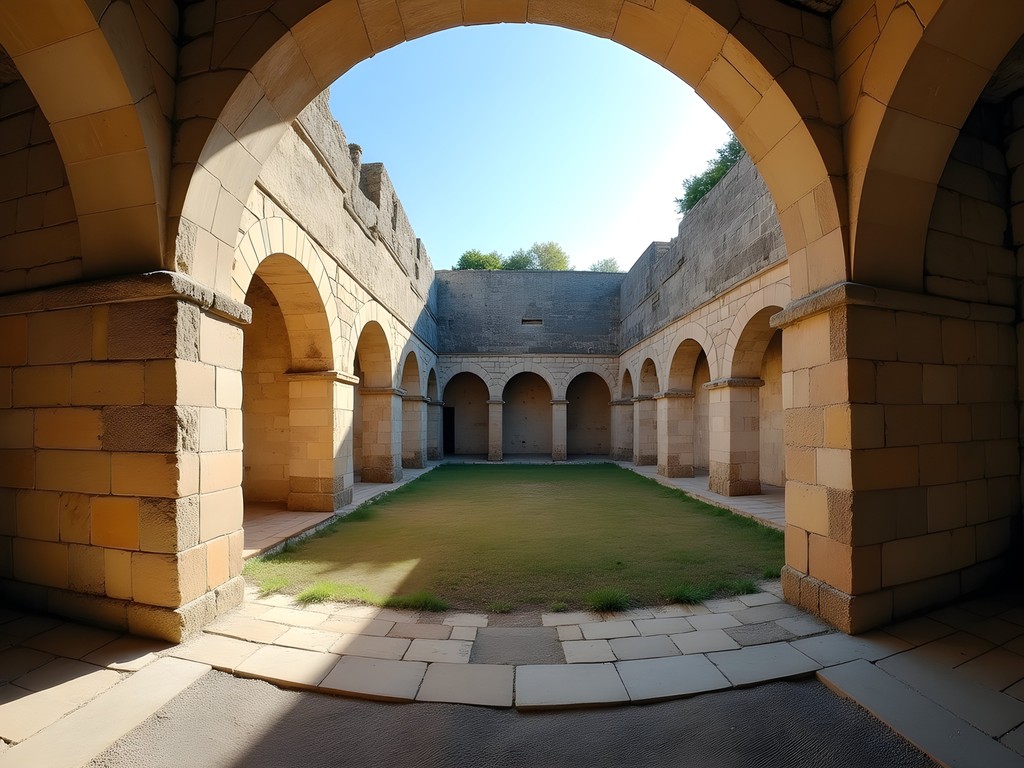
💡 Pro Tips
- Wear sturdy shoes as the terrain is uneven throughout the site
- Download the free Varna Roman Thermae AR app before visiting for interactive reconstructions
- Visit in the morning or late afternoon to avoid the harsh midday sun
The Retro Charm of Sea Garden
Varna's Sea Garden (Morska Gradina) represents urban planning at its finest—a sprawling 5km coastal park that serves as the green heart of the city. Created in 1878 and expanded over decades, this space brilliantly demonstrates how post-industrial cities can prioritize public spaces that connect urban life with natural surroundings.
As an urban planner by training, I was particularly impressed by how the park integrates cultural institutions, recreational facilities, and natural beauty in a seamless flow. The park houses the Naval Museum, Natural History Museum, Aquarium, Dolphinarium, and the iconic Observatory, all connected by winding paths through lush greenery.
What gives Sea Garden its unique character is the blend of communist-era monuments and structures alongside Belle Époque buildings and modern installations. This layering of historical periods creates an open-air museum of urban development. For families, the park offers endless entertainment options from the retro amusement rides to open-air chess games where locals welcome visitors to join.
I spent a magical evening at the Summer Theater, where I caught a Bulgarian folk dance performance under the stars. Before heading out, I applied my natural mosquito repellent which kept the bugs at bay without the harsh chemical smell of conventional repellents—perfect for an outdoor evening event.

💡 Pro Tips
- Rent bicycles near the entrance to cover more ground (approximately 10 leva/€5 per hour)
- The best sunset views are from the coastal alley near the Naval Museum
- Pack a picnic and find a spot near the Japanese Garden for a budget-friendly lunch with views
Beyond Banitsa: A Culinary Deep Dive
Bulgarian cuisine remains one of Europe's undiscovered culinary treasures, and Varna offers the perfect introduction through its blend of traditional recipes and Black Sea specialties. My exploration began at the Central Market (Centralen Pazar), where local producers display everything from honey and cheese to Bulgaria's famous rose products.
Armed with my compact insulated cooler bag, I gathered ingredients for an impromptu picnic: sirene (white brine cheese), lyutenitsa (roasted pepper and tomato spread), and freshly baked bread. The market vendors were delighted to offer samples, and despite language barriers, food became our common language.
For families looking to dive deeper into Bulgarian culinary traditions, I highly recommend the cooking class I attended at Работилница за Вкусотии (Workshop for Delicacies). Over three hours, we learned to prepare banitsa (cheese-filled pastry), tarator (cold cucumber soup), and a Black Sea fish specialty. The class welcomes children, who particularly enjoy the hands-on banitsa preparation.
One evening, I discovered Staria Chinar, a traditional mehana (tavern) where folk musicians perform nightly. The restaurant's shopska salad—a simple combination of tomatoes, cucumbers, peppers, and grated sirene cheese—perfectly embodied Bulgarian cuisine's philosophy: fresh, seasonal ingredients allowed to shine without unnecessary complication. For families, the generous portions and relaxed atmosphere make it an ideal dinner spot.
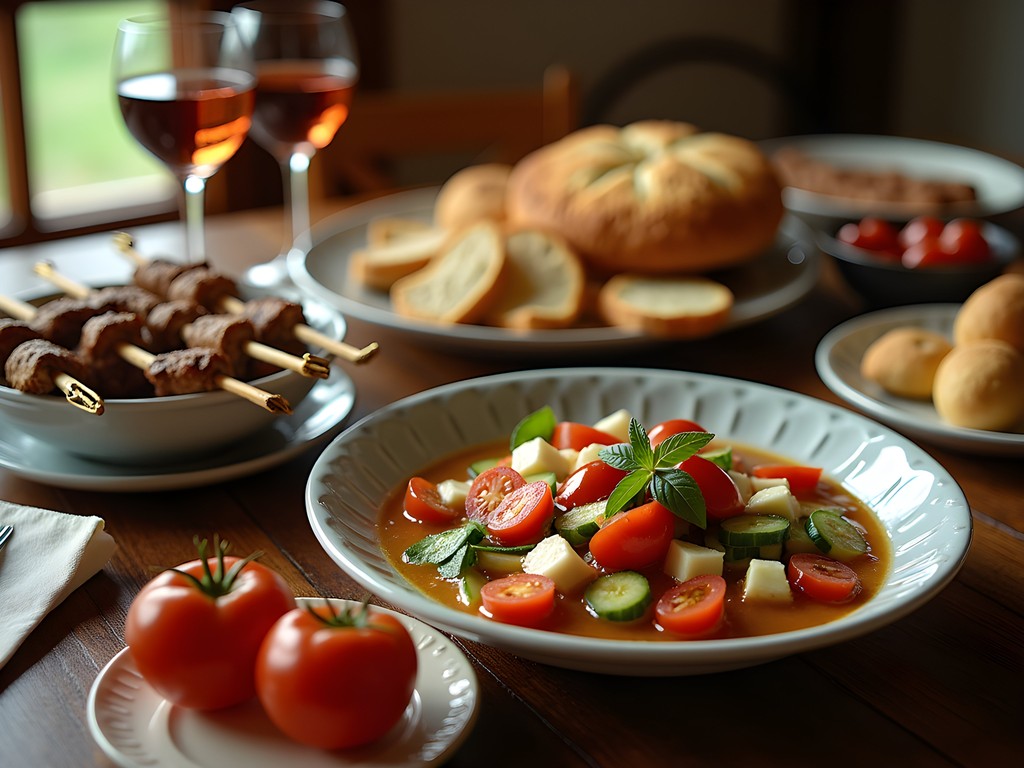
💡 Pro Tips
- Visit the Central Market before noon for the freshest produce and most active atmosphere
- Book cooking classes at least 3 days in advance through your hotel concierge or directly via Facebook
- Many restaurants offer 'детско меню' (children's menu) with smaller portions at reduced prices
Festival Life: Timing Your Visit with Cultural Celebrations
My visit to Varna coincided with the International Folklore Festival, transforming the city into a vibrant celebration of global traditions. The festival, typically held in August, brings together dance troupes and musicians from across Europe, Asia, and Africa, creating a fascinating cultural mosaic against Varna's historical backdrop.
What impressed me most was how these events engage the entire community—from toddlers to grandparents, everyone participates. The main performances take place at the Summer Theater in Sea Garden, but impromptu shows pop up throughout the city center, creating an atmosphere of continuous celebration.
For families traveling during summer, Varna offers a packed calendar of cultural events. The International Ballet Competition (held every two years in July) attracts world-class dancers, while the Varna Summer International Theatre Festival brings innovative performances to unusual venues across the city.
During the folklore festival, I found my quick-dry microfiber travel towel indispensable, as it allowed me to comfortably sit on stone steps or grassy areas to watch performances without carrying bulky chairs or blankets. Its compact size meant I could always keep it in my daypack without adding significant weight.
Even outside major festival periods, Varna maintains a rich cultural calendar. Check the schedule at the Festival and Congress Centre near the Cathedral, which hosts everything from classical concerts to contemporary art exhibitions year-round.
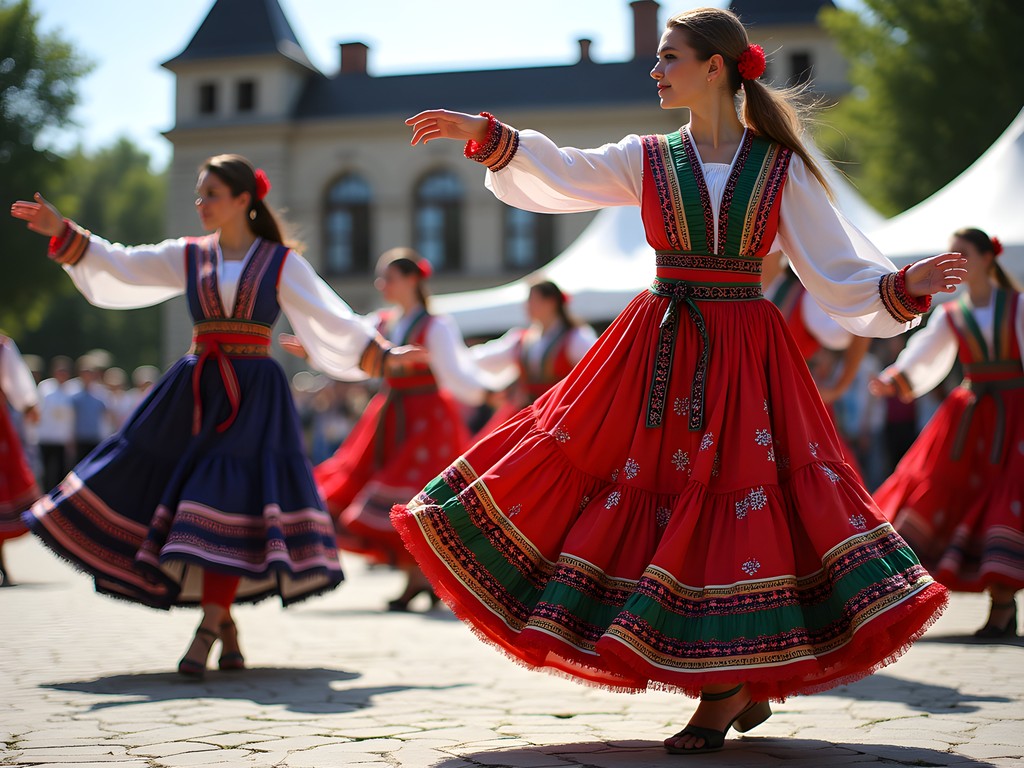
💡 Pro Tips
- Book accommodations well in advance if visiting during major festivals (July-August)
- Many festival events are free, but ticketed performances can be purchased at the Festival Centre or online
- Look for the 'family package' tickets that offer significant discounts for parents with children
Final Thoughts
Varna exemplifies what I've always believed about truly sustainable tourism—it's not just about preserving buildings or traditions in amber but finding ways to keep cultural heritage alive and evolving. While the city's beaches will always draw summer crowds, families willing to step beyond the shoreline will discover a destination where ancient history, communist-era remnants, and modern Bulgarian life create a fascinating cultural tapestry.
What makes Varna particularly special for family travelers is how accessible its cultural offerings are. Unlike some European destinations where high culture feels reserved for adults, Varna's museums, archaeological sites, and festivals actively welcome younger visitors with dedicated programs and interactive elements.
As I left Varna, watching the golden domes of the Cathedral of the Assumption recede in my rearview mirror, I realized that the city had given me exactly what I seek in my travels—a deeper understanding of how communities balance preservation and progress, tradition and innovation. For families seeking a European destination that offers both relaxation and cultural richness, Varna delivers that rare combination of accessibility, authenticity, and affordability.
✨ Key Takeaways
- Varna offers far more than beach tourism, with world-class archaeological treasures and living cultural traditions
- The city is surprisingly budget-friendly for families compared to Western European destinations
- Summer brings a wealth of festivals and outdoor cultural events perfect for family travelers
📋 Practical Information
Best Time to Visit
June-September, with peak cultural events in July-August
Budget Estimate
€50-100 per day per person including accommodations, meals and activities
Recommended Duration
5-7 days
Difficulty Level
Easy

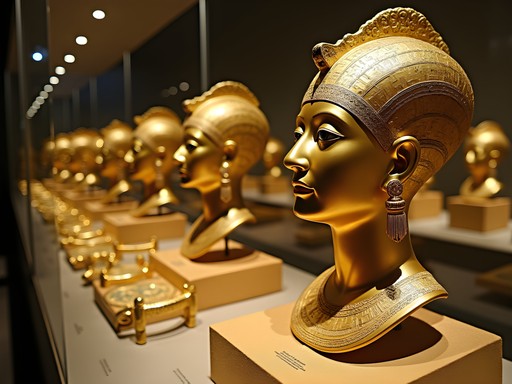
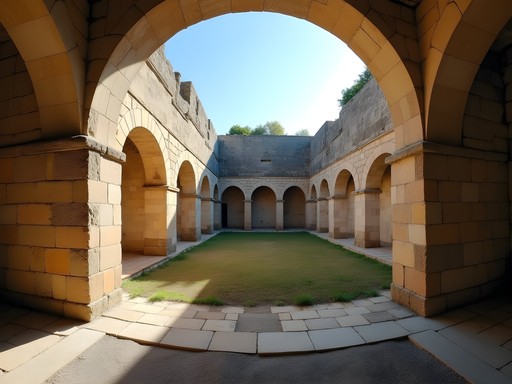

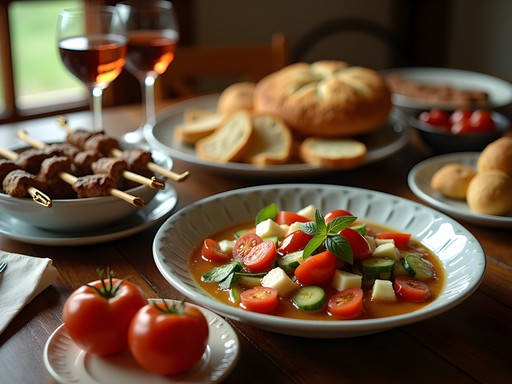
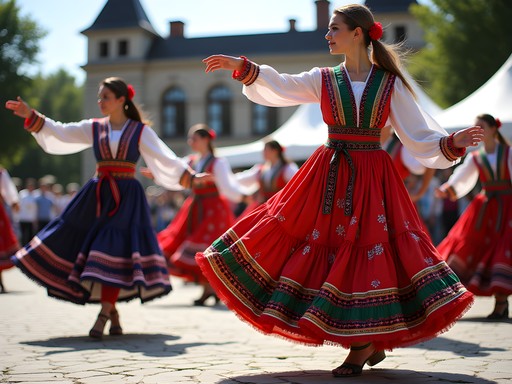


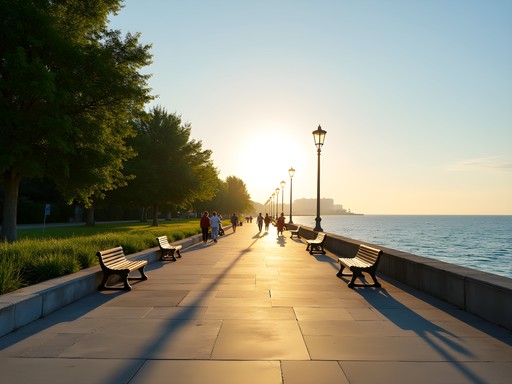







Comments
roamhero
Going to Varna next month! How many days would you recommend to see all these cultural sites? And is it easy to get around without a car? Loved your photos of the gold artifacts - definitely on my must-see list now.
escapeguy
We did public transportation there last year and it was great! The city center is pretty walkable too.
roamhero
Good to know, thanks! Did you use any particular app for getting around?
escapeguy
I used Maps.me since it worked offline and had all the bus stops marked. Super helpful when the cell service was spotty!
Megan Martin
Savannah, thank you for highlighting Varna's cultural depth! I visited last summer for a business conference and made time to explore the archaeological museum. The Varna Necropolis gold collection is genuinely one of Europe's most underrated treasures. I also loved wandering through Sea Garden in the early morning before the crowds. One tip for visitors: the free walking tours that start near the Opera House are excellent for getting oriented. Our guide Elena was incredibly knowledgeable about both the ancient history and communist-era architecture. I've recommended Varna to several colleagues as an alternative to the more touristy Black Sea resorts.
roamhero
Thanks for mentioning the walking tours! Adding that to my list for next month's trip.
Megan Martin
Happy to help! Also check out the small wine bars near the Roman baths - great local varieties to try.
escapeguy
Never thought about Varna as more than a beach destination! Those gold artifacts look incredible!
Megan Martin
Right? I had the same reaction when I first visited. The archaeological museum is truly world-class.
escapeguy
Did you get to try the local food too? Wondering if it's as good as the article makes it sound!
Adam Nichols
Excellent piece on Varna's cultural dimensions, Savannah. Having traveled extensively through Bulgaria, I've noticed that many Black Sea destinations struggle with balancing mass tourism and cultural preservation. Varna seems to be doing better than most. The Archaeological Museum is indeed world-class - the Varna Necropolis finds represent the oldest processed gold in human history (4600-4200 BCE), predating Egyptian goldwork by centuries. One thing visitors should note is the seasonal nature of Varna. I visited in late September last year and found many beach facilities closing down, but the cultural venues were much less crowded. For serious history enthusiasts, I'd recommend bringing a good guidebook as some exhibits have limited English descriptions. I used the Bulgaria travel guide which had excellent historical context for the archaeological sites. The Roman Thermae section could use more interpretation - fascinating ruins but easy to miss their significance without background.
exploreexplorer
Thanks for the seasonal tip! I'm planning for October so good to know the beach scene might be winding down.
roamvibes
Any recommendations for where to try that tarator soup you mentioned? I'm visiting in September and love trying local foods!
Savannah Kelley
Try Staria Chinar near the center - they make a fantastic tarator! Very fresh and the perfect amount of dill.
George Hayes
We visited Varna with our kids (8 and 10) last year, and they were absolutely fascinated by the gold treasure exhibit! What surprised us most was how kid-friendly the Archaeological Museum was - they had these interactive displays where the children could learn about ancient metalworking techniques. After the museum, we spent the afternoon in Sea Garden and the kids loved the retro amusement rides. For families heading there, I'd recommend bringing a good pair of walking shoes as you'll want to explore both the historical center and the garden promenades. We also found a small family restaurant near the Cathedral that served amazing banitsa - my daughter still talks about it! Savannah, your culinary recommendations are spot on.
redguy
I was in Varna last summer and totally missed the Archaeological Museum! Wish I'd read this before going. The beaches were fantastic though!
roamvibes
Same here! I only did beach days when I visited. Definitely need to go back for the cultural stuff!
coffeemate
Those gold artifacts look AMAZING! Adding Varna to my bucket list right now!
exploreexplorer
This is exactly what I was looking for! I'm heading to Varna next month but didn't want to just do beach days. How walkable is the city center? Can you easily get between the Archaeological Museum and Sea Garden on foot?
Savannah Kelley
Yes, absolutely! The city center is super walkable. It's about a 15-minute stroll between the Archaeological Museum and Sea Garden. I actually recommend the walk because you'll pass through some lovely streets with cafes and shops.
exploreexplorer
Perfect, thanks so much! Can't wait to see that gold treasure collection you mentioned.
vacationstar6764
Just got back from Bulgaria and Varna was my favorite stop! The food scene deserves its own post - I'm still dreaming about the fresh seafood at the harbor restaurants. We found this tiny family place where the grandma makes the banitsa fresh every morning. Also took a day trip to Balchik Palace which was stunning and not crowded at all. One recommendation - I bought this phrase book before going and it was super helpful since Google Translate was spotty in some areas. Savannah, your post is making me want to go back already!
adventurevibes
@vacationstar6764 Thanks for the Balchik Palace tip! Adding it to my itinerary now. Was it easy to get there from Varna?
vacationstar6764
@adventurevibes Super easy! We took a local bus that cost like $2 each way. It runs every hour and takes about 40 minutes. The botanical gardens there are gorgeous too!
Venture X
Premium card with 2X miles, $300 travel credit, Priority Pass